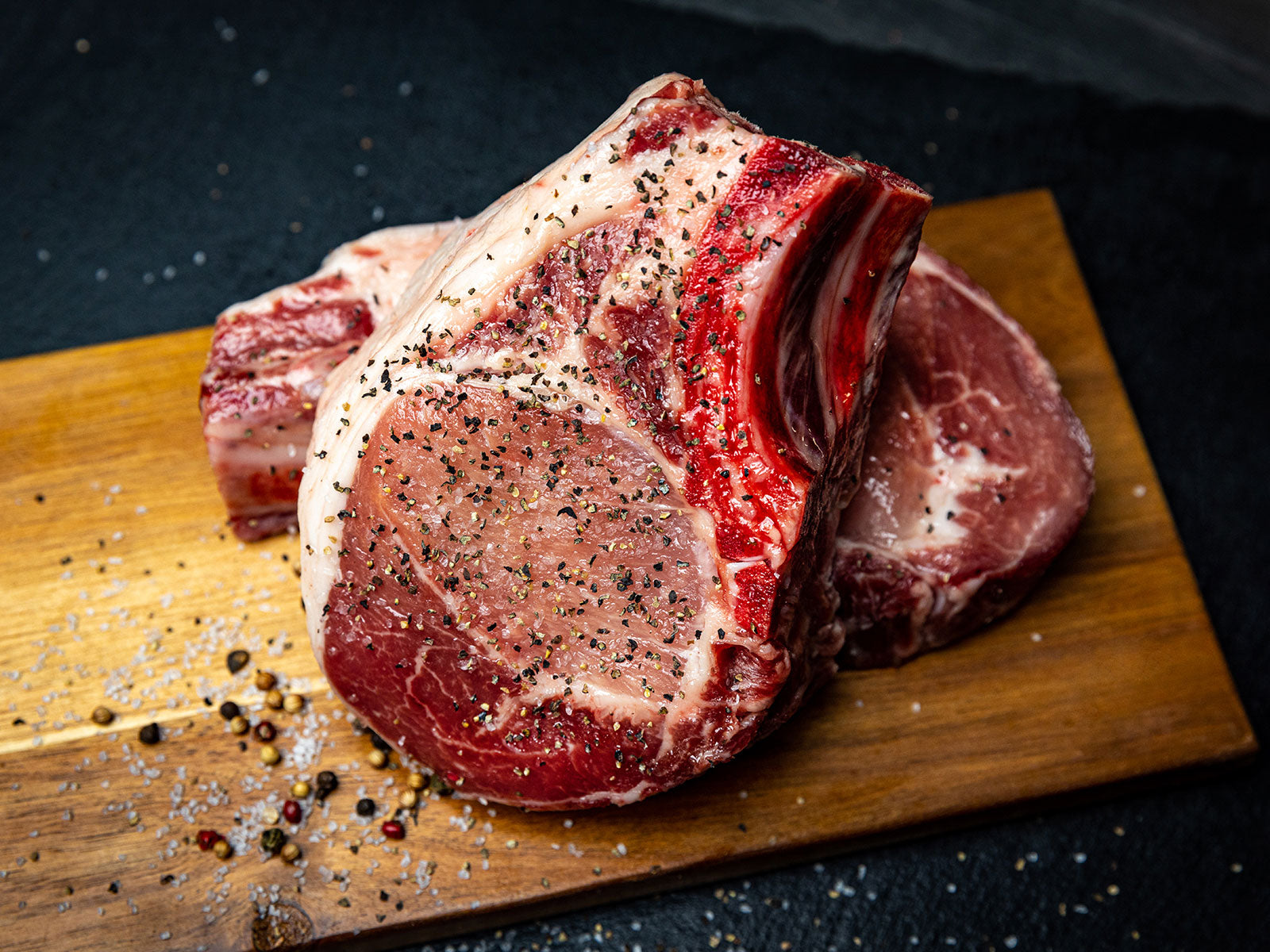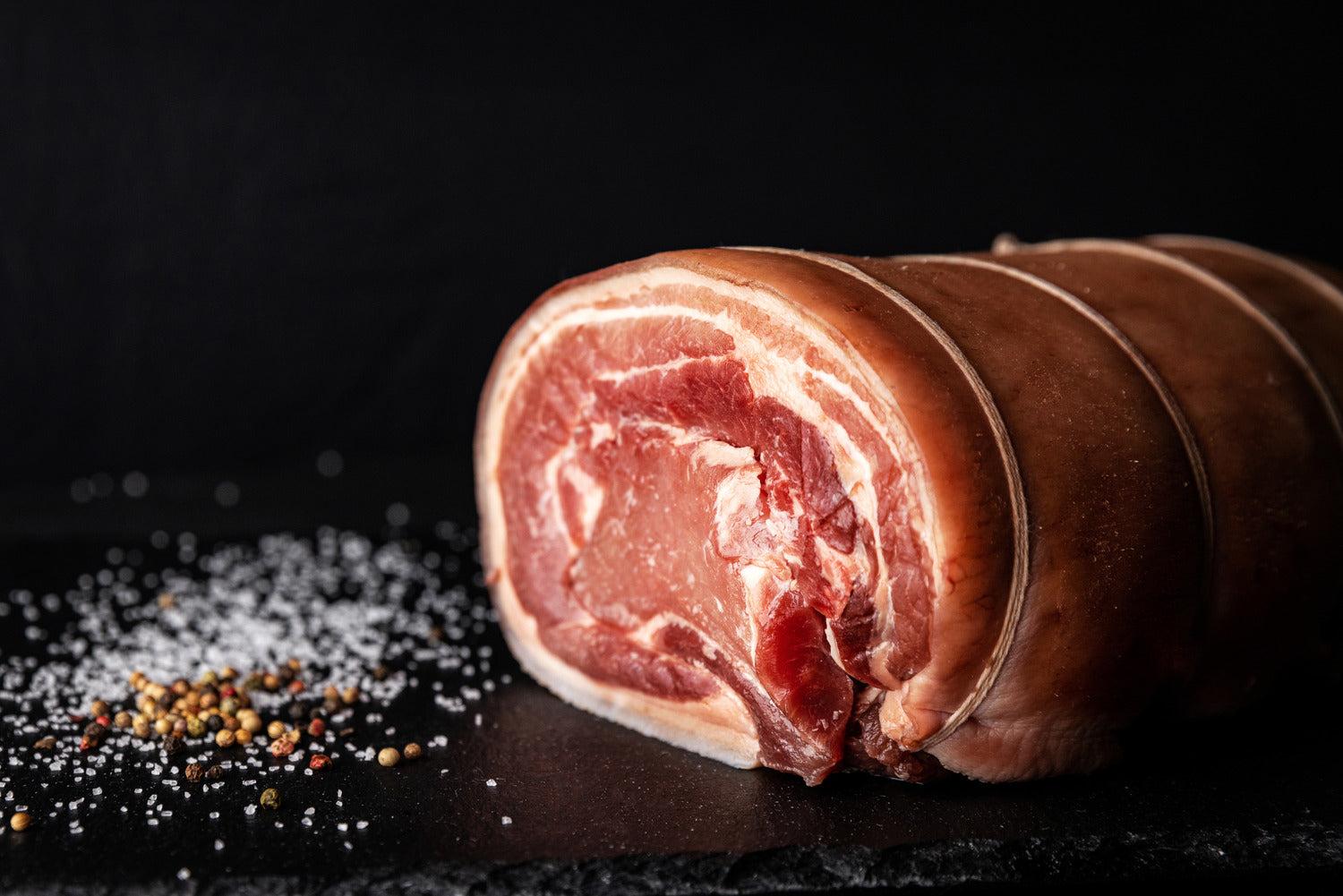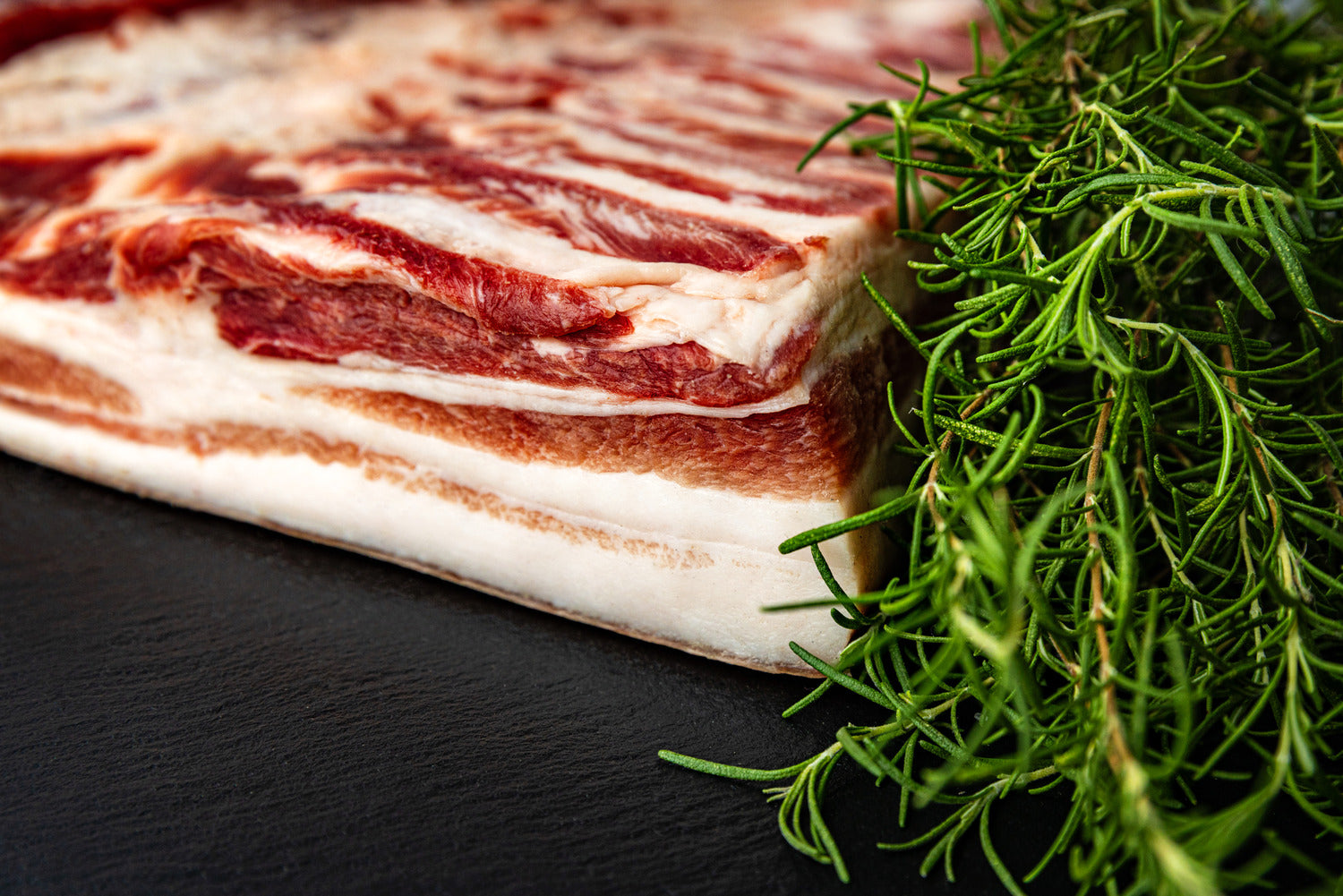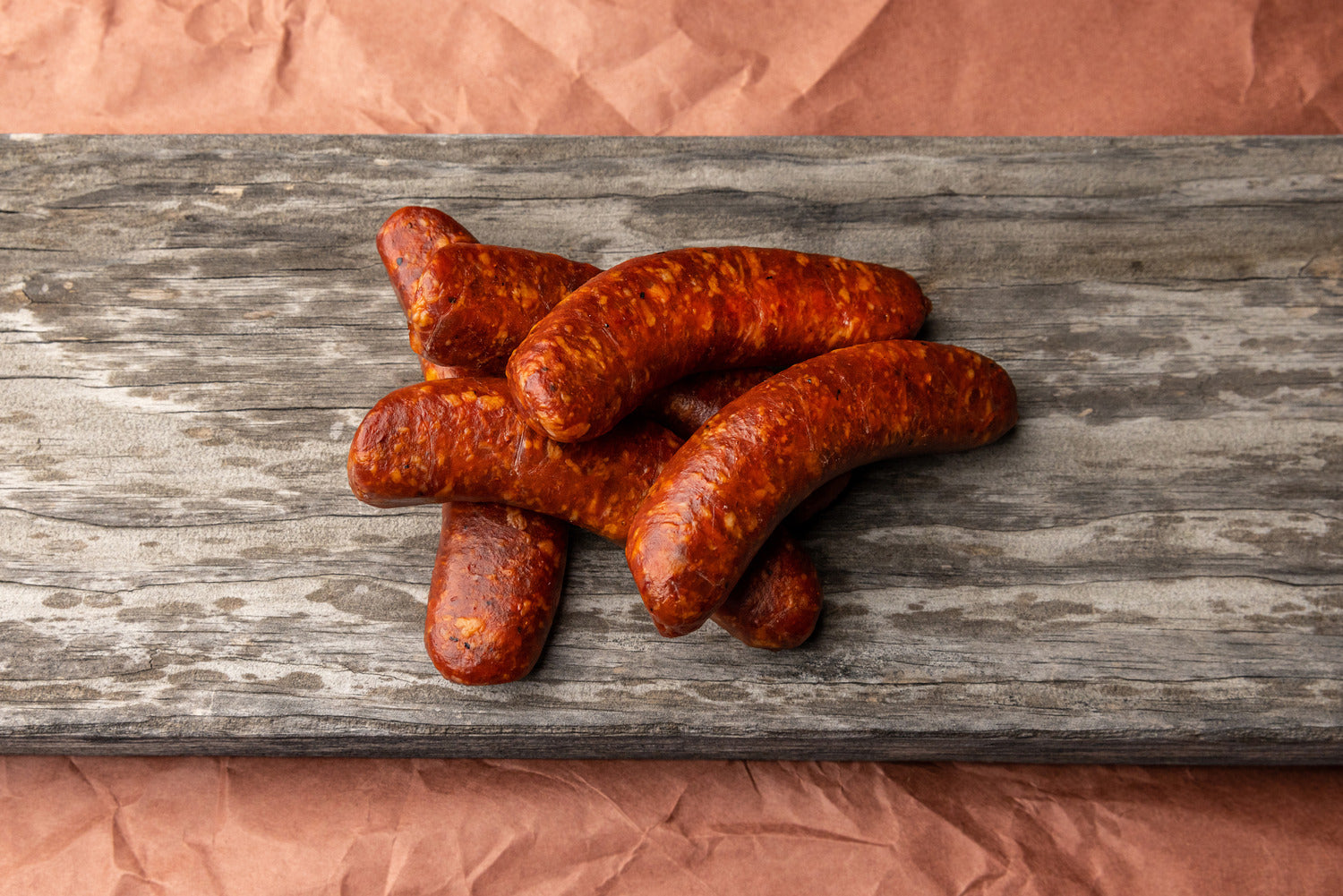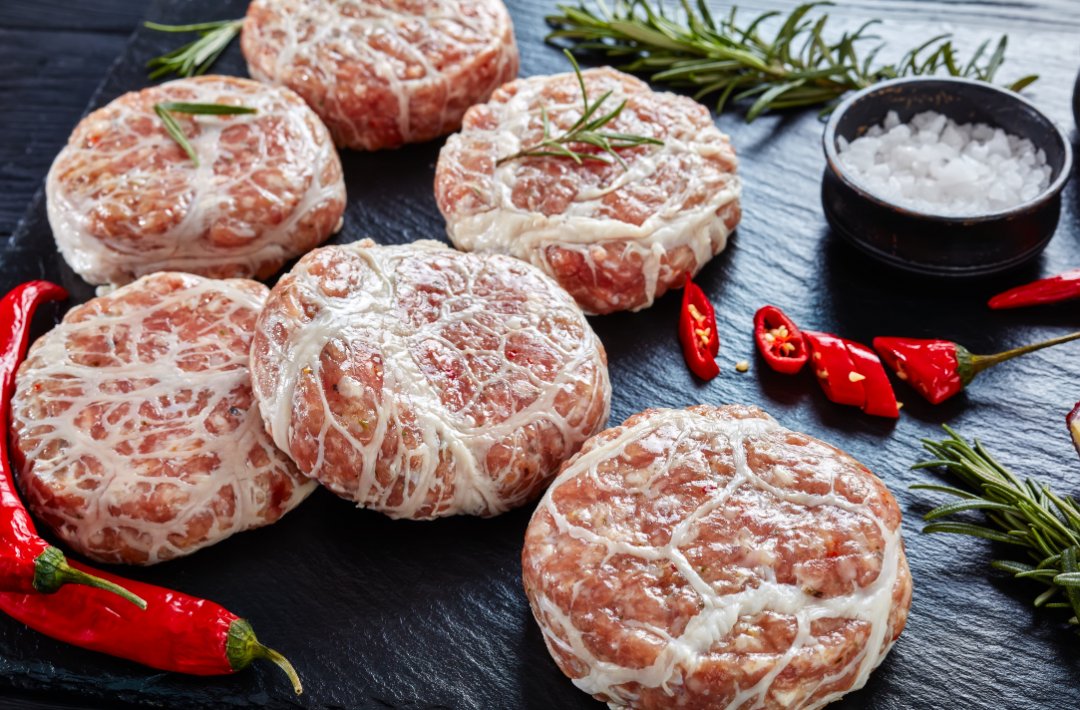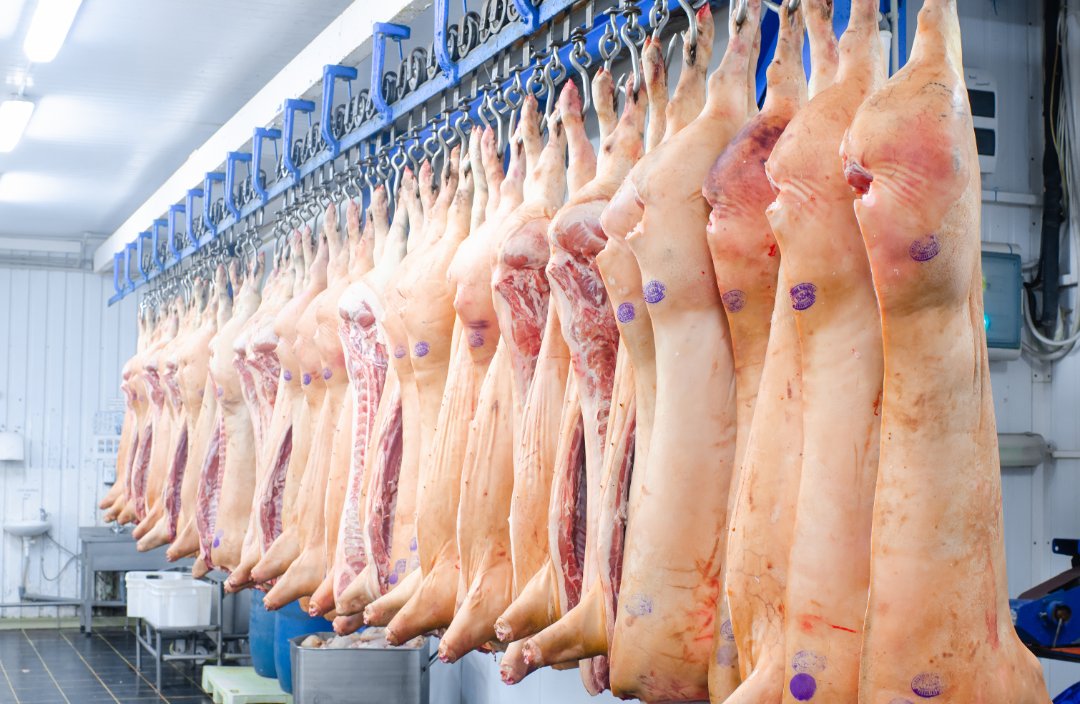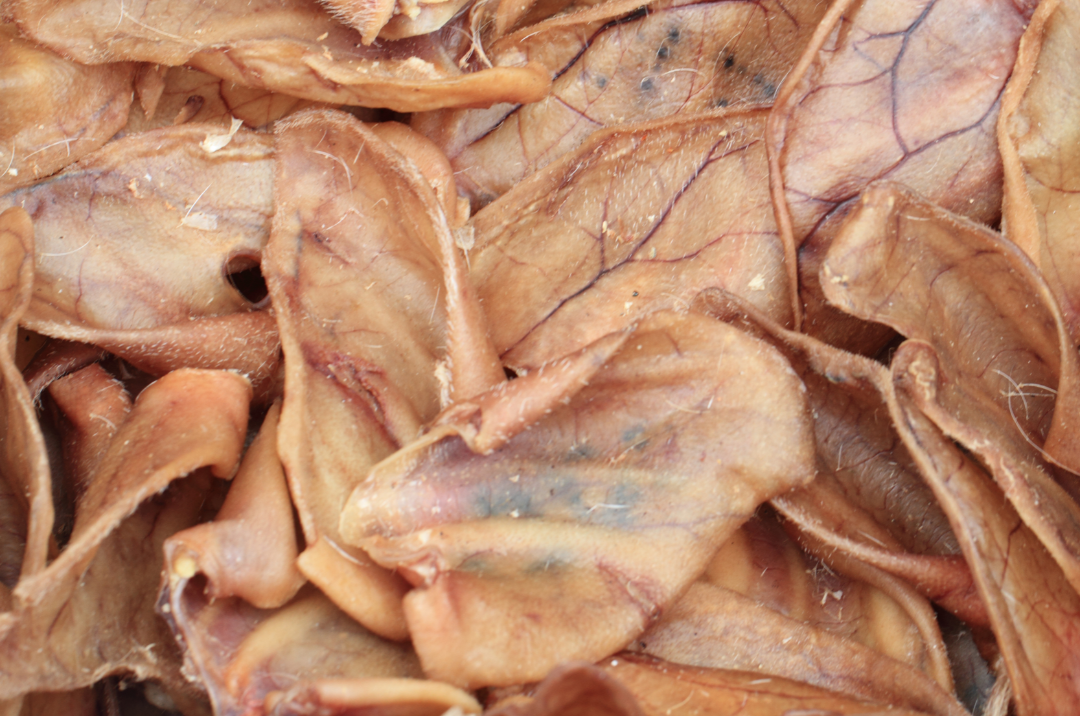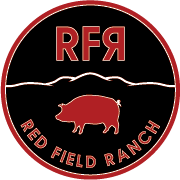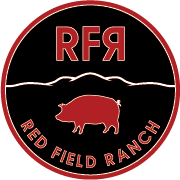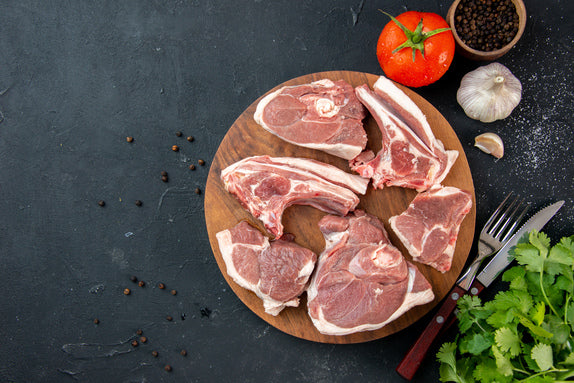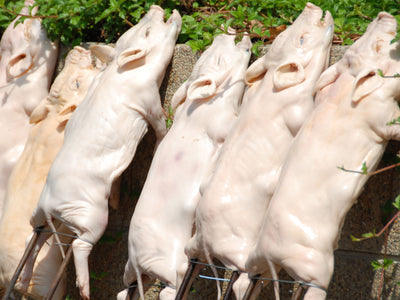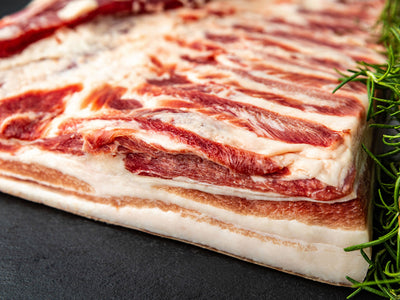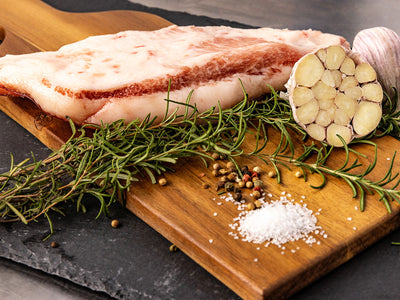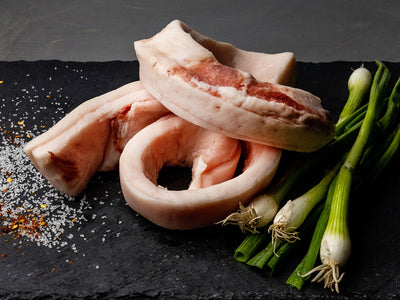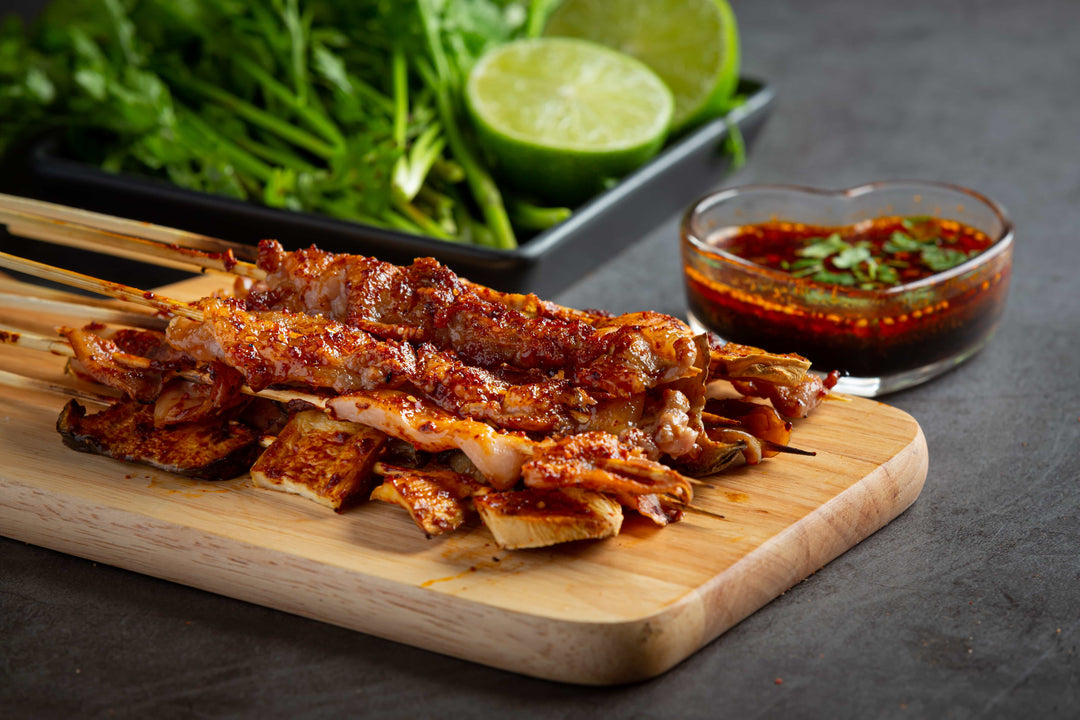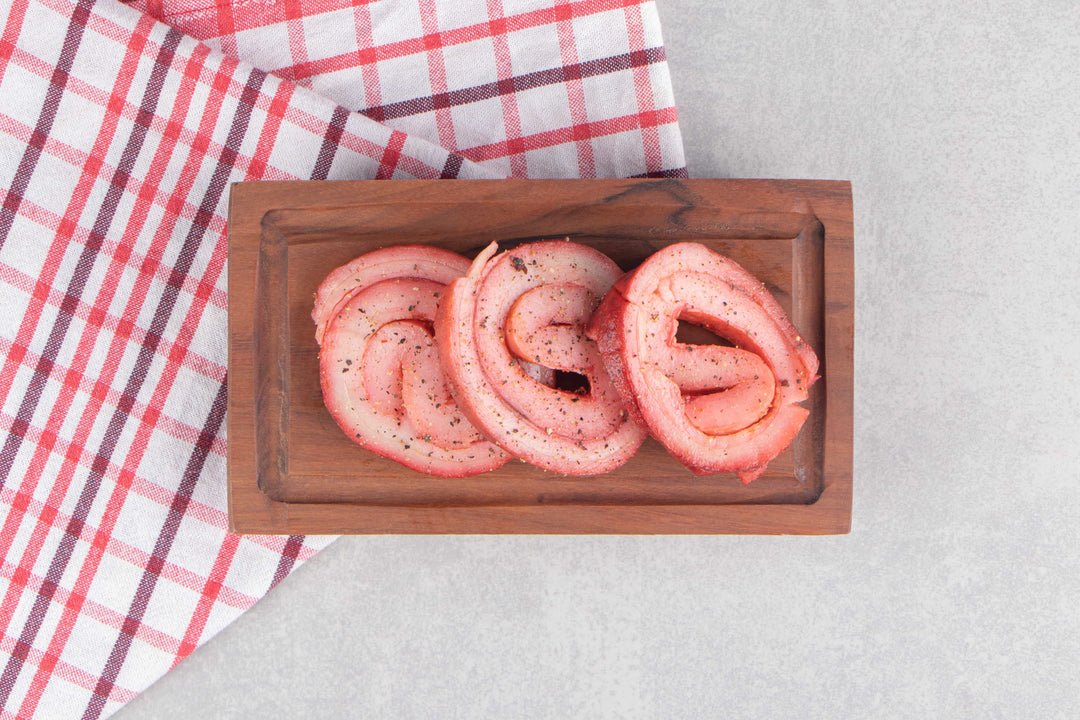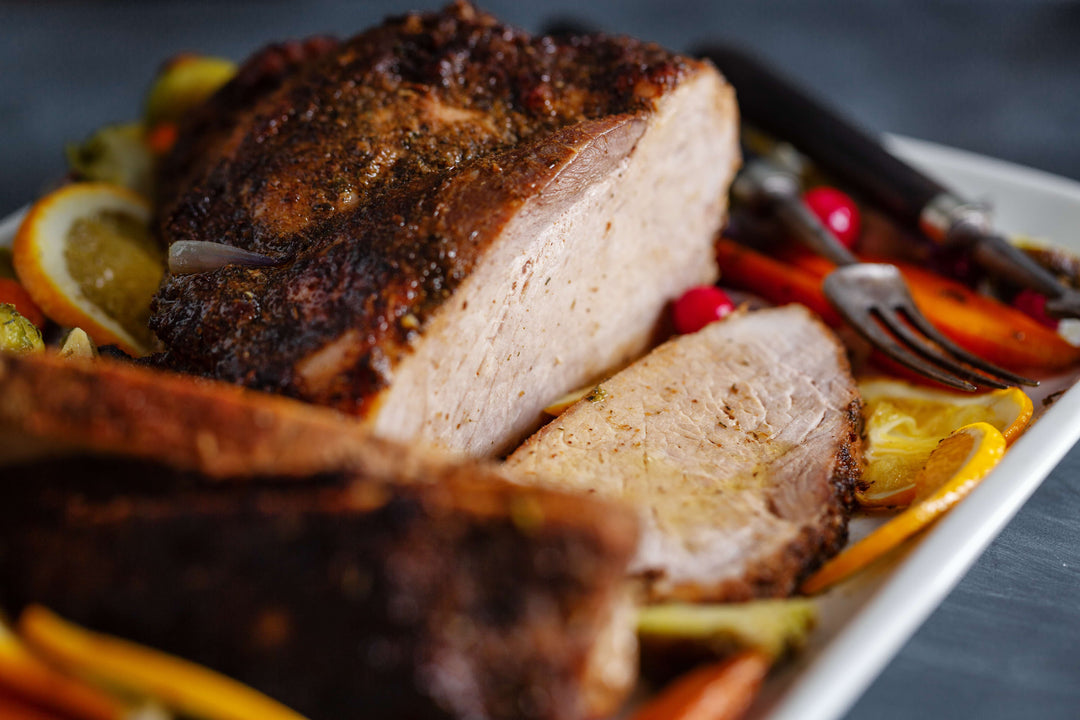Table of Content
- Why Choosing the Right Pork Cuts Matters
- Understanding Pork Anatomy – A Look at Pork Parts
- The Healthiest Cuts of Pork You Should Know
- Cuts to Enjoy in Moderation – Flavorful but Fatty
- Cooking Methods That Make Pork Healthier
- Buying Smart – Choosing Quality Pork
- Pairing Ideas – Healthy Sides for Pork Dishes
- Conclusion – Discover the Best Pork Parts for Your Lifestyle
Pork is one of the most versatile meats found on dinner tables around the world. From slow-cooked roasts to quick pan-seared medallions, pork dishes offer a range of textures and flavors. Some cuts are rich and fatty, while others are lean and nutrient-packed. When you understand which cuts of pork offer the best nutritional value, you can create meals that are both delicious and better for your health.
In this guide, we’ll explore the healthiest pork parts, how to cook them, and what to pair them with for balanced meals. You’ll also learn how to shop smarter and choose pork parts of meat that suit your cooking style and nutrition goals.
Why Choosing the Right Pork Cuts Matters
Pork is a rich source of high-quality protein and contains several key nutrients including B vitamins (especially B1, B6, and B12), zinc, selenium, and phosphorus. It plays a supportive role in muscle health, energy metabolism, and immune function.
However, pork also varies widely in fat content depending on the cut. Some parts of the pig—like the loin or tenderloin—are naturally lean, while others—like the belly or shoulder—are much higher in fat. That’s why selecting the right cut can make a big difference to your plate. Choosing lean, minimally processed cuts helps you enjoy pork’s benefits without the extra calories or saturated fat.
Understanding Pork Anatomy – A Look at Pork Parts
To get the most from pork, it's helpful to understand the major pork parts of meat and how they’re used in cooking. Each part has its own texture, fat level, and ideal cooking method.
The shoulder (also known as Boston butt or picnic roast) has more fat and connective tissue. It’s great for slow-cooking and shredding.
The loin runs along the pig’s back and is one of the leanest areas. It includes pork chops, tenderloin, and loin roast—popular cuts for roasting or grilling.
The belly is the fattiest part, often used for bacon and pancetta. It’s rich in flavor but best in small portions.
The leg or ham is located at the back of the pig and is leaner, especially when not cured. It can be roasted whole or sliced for steaks.
The ribs and spare ribs come from the side and have more fat, making them flavorful but best enjoyed in moderation.
Understanding these pork parts helps you plan meals that align with your health goals while still enjoying great taste.
The Healthiest Cuts of Pork You Should Know
Some pork cuts stand out for being both lean and flavorful. These options are excellent choices for anyone looking to eat well without giving up taste.
Pork Tenderloin – The Leanest Choice
Pork tenderloin is one of the healthiest cuts of pork you can buy. It’s extremely lean, with less fat than skinless chicken breast per serving, yet still juicy and full of flavor. Its shape and size make it ideal for quick searing, roasting, or grilling. It’s also great for marinades and dry rubs, and its mild taste makes it versatile for a range of dishes.
Pork Loin – Lean, Juicy, and Versatile
The pork loin is a larger cut than the tenderloin but still low in fat. It can be sliced into chops or cooked whole as a roast. This cut strikes a good balance between leanness and tenderness. Pork loin is ideal for family dinners and holiday meals. Its size allows for stuffing, crusts, and rubs, giving you flexibility without sacrificing health.
Pork Chops – Classic Cut, Health-Conscious Options
Pork chops are a familiar favorite and come in many varieties. When choosing chops, go for center-cut or loin chops, which have less fat than rib or shoulder chops. Bone-in chops tend to retain moisture better, while boneless versions are easy to cook. Grilling or baking pork chops with simple herbs and olive oil makes them both healthy and satisfying.
Ham (Leg Cut) – Nutritional Power with a Caveat
Ham, cut from the leg, is naturally lean and rich in protein. However, cured ham can be high in sodium due to the processing. For a healthier choice, look for uncured or low-sodium versions and bake them at home with minimal added sugar. Fresh ham (uncured) can be roasted whole and sliced, offering a flavorful yet balanced main dish.
Cuts to Enjoy in Moderation – Flavorful but Fatty
Some pork parts are delicious but higher in fat. That doesn’t mean you have to avoid them completely—just enjoy them on occasion or in smaller portions.
Pork Belly – Delicious, But Rich
Pork belly is known for its deep flavor and melt-in-your-mouth texture. It’s used in dishes like braised pork, ramen toppings, and crispy roasts. It’s also the base for making bacon. Because of its high fat content, pork belly should be treated as a special-occasion ingredient. Try balancing it with fiber-rich sides like steamed greens or roasted root vegetables.
Pork Shoulder (Boston Butt) – Great for Slow Cooking
Pork shoulder has a rich marbling of fat, which makes it perfect for long, slow cooking. It's the go-to for pulled pork, carnitas, and stews. The fat melts during cooking, creating tender, flavorful meat. To make it lighter, trim excess fat before cooking and skim the fat from the juices before serving.
Cooking Methods That Make Pork Healthier
How you cook pork matters as much as which cut of pork you choose. Healthy preparation keeps the meat moist while reducing added fat.
Grilling, roasting, baking, and broiling are all good options. These methods allow excess fat to drip away and require little to no added oil. Use nonstick pans or air fryers to reduce oil even further.
Avoid deep frying or pan-frying in heavy oils. If you’re sautéing, opt for small amounts of olive or avocado oil.
Season pork with herbs, spices, garlic, mustard, citrus, or vinegar instead of sugary sauces or heavy creams. After cooking, let the meat rest for 5–10 minutes to keep juices locked in without needing extra butter or oil.
Buying Smart – Choosing Quality Pork
When shopping for lean cuts of pork, look for meat that’s pinkish-red with little visible fat or marbling. Bright, firm meat usually signals freshness.
For quality and taste, consider choosing organic or pasture-raised pork. These options may cost more, but they’re often raised with better animal welfare and fewer additives. Local farms and butcher shops may offer more transparency and fresher selections.
Reading labels helps too. Words like “no antibiotics,” “hormone-free,” and “minimally processed” signal a better product. When possible, avoid overly processed meats like pre-seasoned or cured pork high in sodium and preservatives.
Pairing Ideas – Healthy Sides for Pork Dishes
Pork pairs well with a range of side dishes that add nutrition and balance to your meal. For lean cuts like tenderloin or loin chops, try serving them with roasted vegetables such as carrots, broccoli, or Brussels sprouts.
Grain bowls with brown rice, quinoa, or couscous offer a filling base. Add chopped herbs or lemon for freshness.
Classic sides like apples, red cabbage slaw, or mustard-glazed carrots give your pork a sweet and tangy lift without extra fat.
Keep portions in check and aim to fill half your plate with vegetables, a quarter with pork, and the last quarter with whole grains for a well-balanced plate.
Conclusion – Discover the Best Pork Parts for Your Lifestyle
With the right choices, Pork becomes a lean, tasty, and nutritious part of your weekly meals. Knowing the difference between lean and fatty pork parts, and how to cook them properly, helps you enjoy all the benefits pork has to offer—without the guilt.
Explore different cuts of pork, experiment with lighter cooking methods, and discover new ways to keep your meals interesting and healthy. From a grilled tenderloin to a roasted pork loin, there’s something for every taste and lifestyle.
At Red Field Ranch, we offer a wide range of quality pork cuts that are fresh, responsibly raised, and full of flavor. Whether you're planning a quick dinner or a weekend roast, we’ve got the right pork for your table. Come explore our selection and bring home something delicious.
Frequently Asked Questions
The leanest cuts include pork tenderloin, pork loin, and center-cut pork chops. These options are low in fat and high in protein, making them ideal for health-conscious meals.
Cuts like belly and shoulder are higher in fat and best enjoyed occasionally. Lean cuts like loin and tenderloin offer better nutrition with less fat.
Use cooking methods like grilling, roasting, and baking. Trim visible fat before cooking, avoid breading or frying, and use herbs or citrus for flavor instead of heavy sauces.
Pork tenderloin is a smaller, more narrow cut that is extremely lean and tender. Pork loin is larger and can be sliced into chops. Both are lean, but tenderloin is slightly lower in fat.
Yes, especially lean cuts like pork tenderloin and loin. Pork provides complete protein along with essential vitamins like B12, making it a strong choice for those aiming to increase protein intake.
